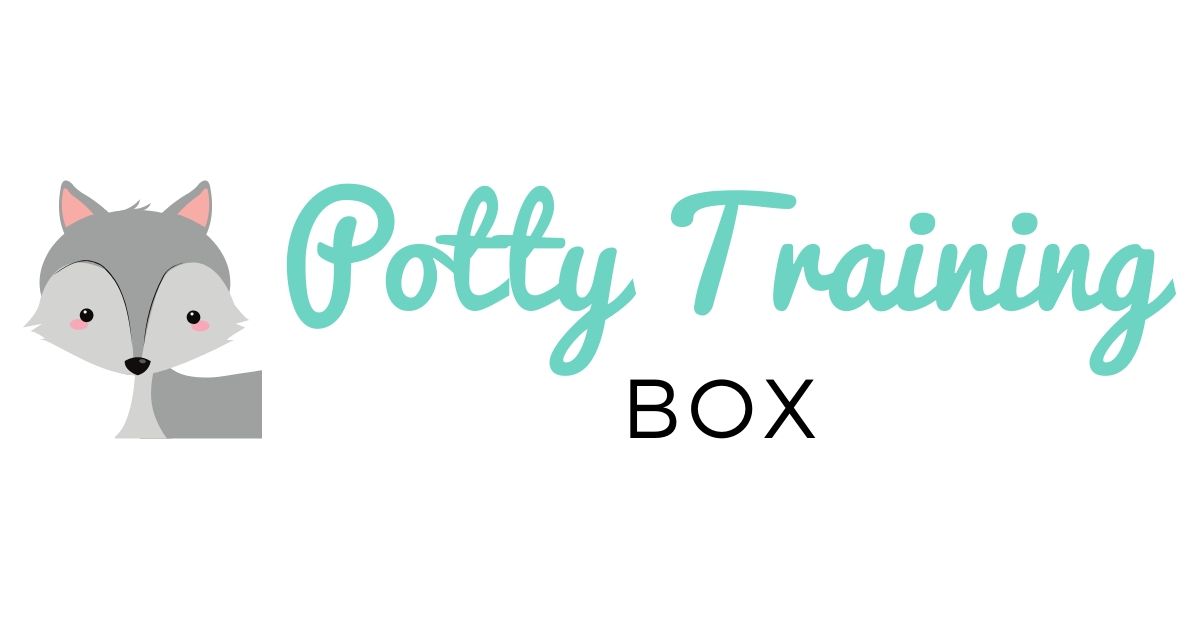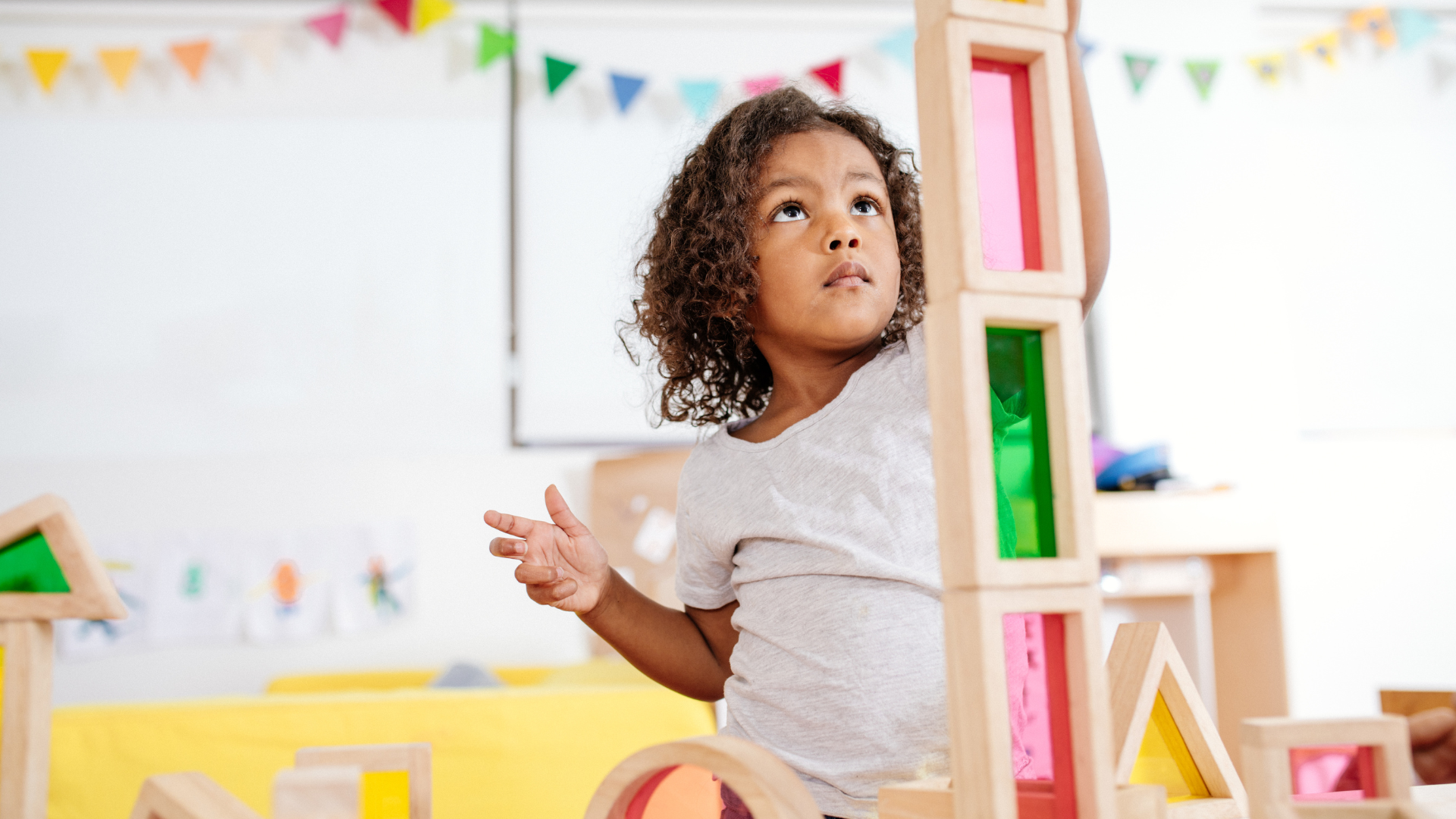Potty training in daycare and school environments can be challenging, often lacking clear guidance. Potty Training Box is here to guide you on successfully assisting kids in potty training at daycare and school when it isn’t possible for parents to do potty training at home for the entire week. This detailed blog takes you step by step on how to effectively support children in potty training in these settings.
Effort from daycare and home
Understanding that potty training requires effort from both parents and daycare/school staff is crucial. Good communication and collaboration form the basis of this process. Here’s how parents and staff can work together during this phase:
- Shared plan: Collaborate with parents on a shared plan. What has the child learned? What methods are used at home? This joint plan forms the basis of our approach. For instance, you can provide the program booklet from the Potty Training Box along with the reward system to daycare.
- Consistent approach: It’s crucial that the approach in daycare aligns with what happens at home, reducing confusion for children and minimizing accidents or setbacks.
- Open communication: Parents can provide valuable insights to daycare about their child’s needs and current phase. Open communication is vital for effective mutual support.
- Positive reinforcement: Where possible, incorporate rewards like stickers or small treats for successful visits to the potty or toilet. Compliments are also a great reward and can be given both at home and at daycare.
Potty Training Box as a tool
Our Potty Training Box can be a valuable tool for daycare and school staff when children are ready for potty training. It includes a 7-day potty training program, sticker charts, and cheerful stickers to make the learning process fun for kids. Both parents and childcare/school staff can use these resources together, following a clear step-by-step plan.
- Program booklet: The program in the Potty Training Box serves as the guide for potty training. It offers a detailed overview of the process, promoting consistent methods.
- Track sheets: The box includes sheets for tracking a child’s eating, drinking, pee, and poo habits. This makes it easy to recognize each child’s routine.
- Sticker charts and stickers: These are used to motivate children. Kids love rewards, and stickers serve as proof of their achievements. Both parents and daycare/school staff can use these reward systems to celebrate successes.
- Positive approach: The Potty Training Box emphasizes the power of a positive approach, encouraging a cheerful attitude toward potty training, reducing stress for children, and keeping them motivated.
Practical tips for daycare and school staff
In addition to collaboration and the use of the Potty Training Box, here are some practical tips specifically for daycare and school staff:
- Regular toilet visits: Establish a regular toilet schedule. Older children can often follow this. It’s also essential to listen to a child. They should be able to go when they feel the need, preventing them from holding it too long.
- Patience and encouragement: Accidents happen, and that’s okay. Let’s be patient and encourage children to keep trying. Discuss with parents if multiple accidents occur and staff wants to use a nappy. This way, parents can make a choice or pick up their child to avoid confusion.
- Handwashing: Teach children how to wash their hands after every toilet visit for good hygiene. And how they learn to have a good routine.
- Essential supplies: Always ensure there’s enough toilet paper, soap, and hygiene products. For parents, it’s crucial to provide sufficient sets of clean clothes and possibly the method or program booklet they’re using for potty training.
For organizations interested in Potty Training Box, visit the webshop or contact us through social media or e-mail. Together, we can assist more parents in potty training their children.


